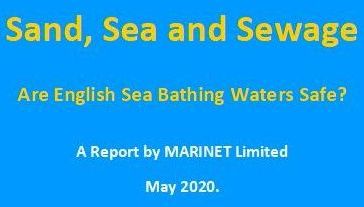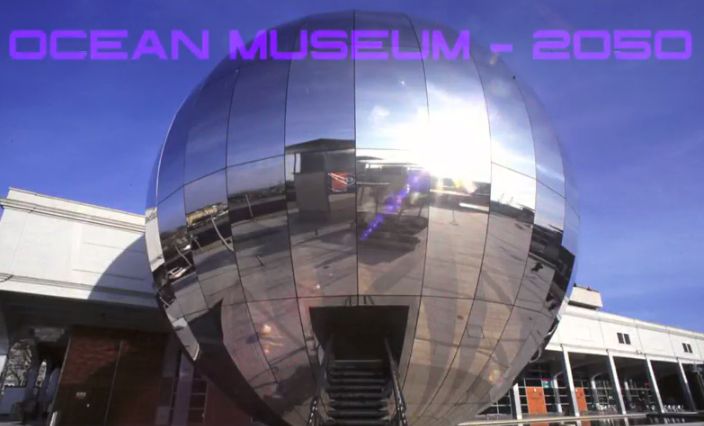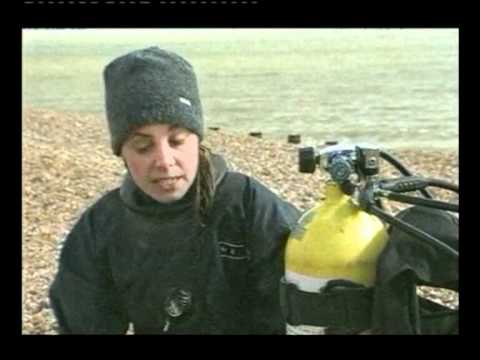Max Wallis – The N.I.C.’s 2050 forward-look rules out Tidal Lagoons – Jul 18
The National Infrastructure Commission has closed the door firmly on the proposal for a ‘fleet’ of tidal-power lagoons — with Swansea Bay’s as “pathfinder” — to provide a significant fraction of the UK’s renewables generation. These N.I.C. studies should put an end to the hype and hopes of politicians in Wales, taken in by the sustained PR, for home-grown Tidal Lagoons.
The Tory MP Glyn Davies (PPS to Secretary of State for Wales) says the economics killed it. Labour’s Leader, Carwyn Jones offered £200million to help save it (in contrast to virtually zero for other renewables) and their Environment spokesman, Iranca-Davies, has put rescuing the project in his current leadership bid. The Green Party’s deputy Leader Amelia Womack declared “a bitter, dismal day for Wales and our clean energy future. This was a fantastic opportunity … the Westminster Government has no vision for what a fossil-free future will look like.”
The lengthy delay in the Swansea decision implies the Government was waiting on the broader strategic rejection of Lagoon-power by the N.I.C.
Lagoon power is predictable but suffers from intertidal gaps, as well as seasonal lows during neap tides. The need to provide generation to fill the gaps has balancing requirements and significant costs, when considering lagoon-power within the UK generating system.
Barry and Vale Friends of the Earth have commented earlier on the shortcomings associated with the Cardiff Tidal Lagoon, that potentially exclude it as a follow-up to that at Swansea: the loss of designated wildlife habitat and the lagoon obstacle impacting on currents, sediment accumulation and shipping channels.
Keith Stockdale (Barry and Vale FOE) told BBC Wales the lagoon will take too long to build and other tidal power schemes in the Severn such as tidal fences and underwater turbines should take priority.
Furthermore, the advocates ignored a number of critical issues:
- destruction of a big area of mudflats in the Special Area of Conservation (SACSAC Special Areas of Conservation), designated for wading bird habitat and protected fish and lamprey species This loss of SAC habitat is only acceptable in law, if there are over-riding grounds of socio-economic importance; this is not true. Equivalent mudflats for marine features and bird-feeding as required in compensation cannot be created — there are no large areas free outside the SAC, e.g. in Bridgewater Bay.
- the lagoon structure would drastically affect the sediment deposition downstream, around Penarth Head. Dredging the shipping channels (to Cardiff docks and through the Barrage) could be a significant ongoing cost, as would dredging of sediment deposited within the lagoon.
- the tidal conditions for passage through the locks into the Dock and into Cardiff Bay would be affected to an unknown degree. Storm-surge focussed by the funnel design is likely to overtop the Barrage-locks. Studies of these are difficult and would delay decisions for 2-3 years.
- huge amounts of rock needed for construction — likely to come from quarrying Cornish hills.
There are alternative sources of tidal power from the Severn, down-estuary of the Special Area of conservation; a floating fence of low-head turbines from Bridgewater to Nash Point; or arrays of subsurface marine current turbines.
A start on either of these could be made quite quickly, modules being added, modified with experience gained, while lagoons require all-or-nothing.
Assessments show marine currents suitable for subsurface turbines from Bridgwater Bay to Foreland Point (Somerset /North Devon coast) and an area of over 40 km² off the south Welsh coast from Nash Point to Barry (Welsh government; MRESF Project).
These schemes can be built in stages without the huge demand on limited quarried rock, and bring similar amounts of power relatively soon.
Max Wallis


























